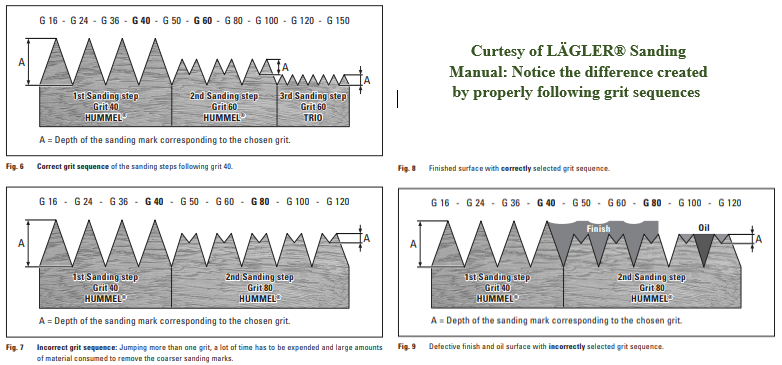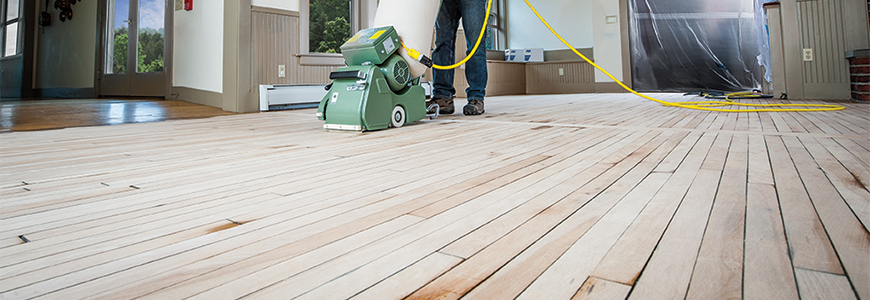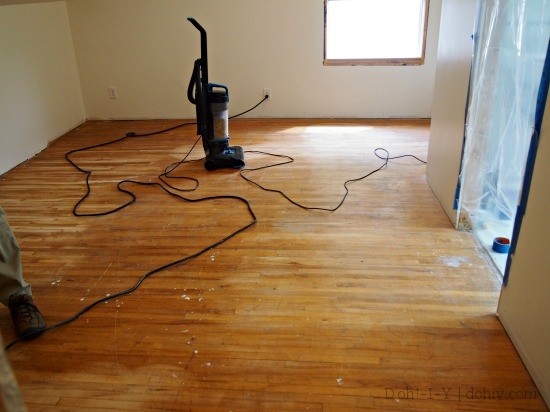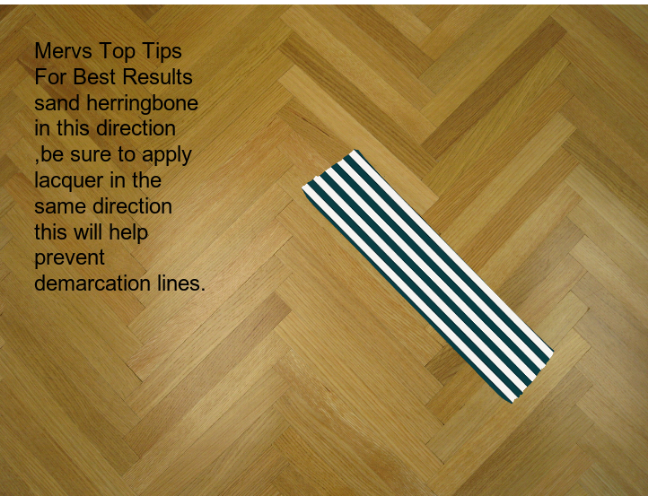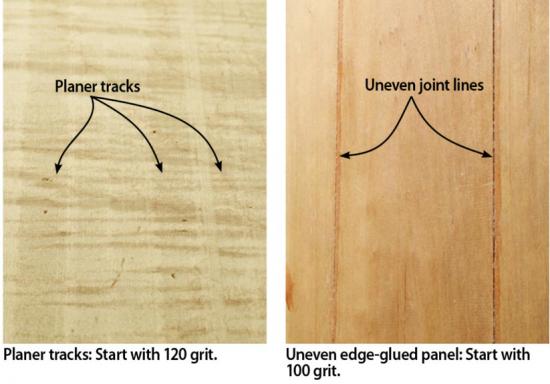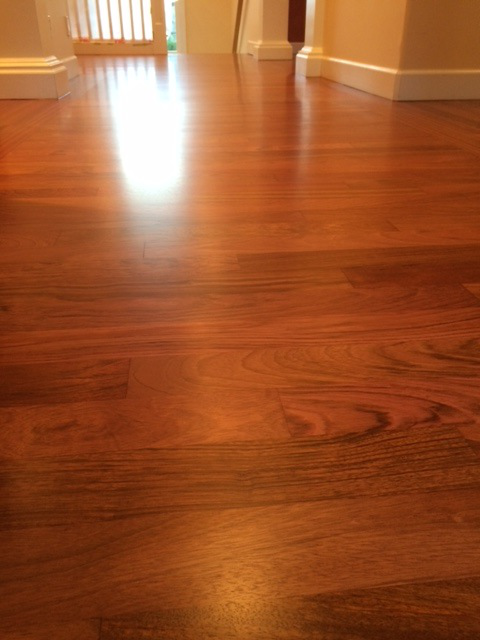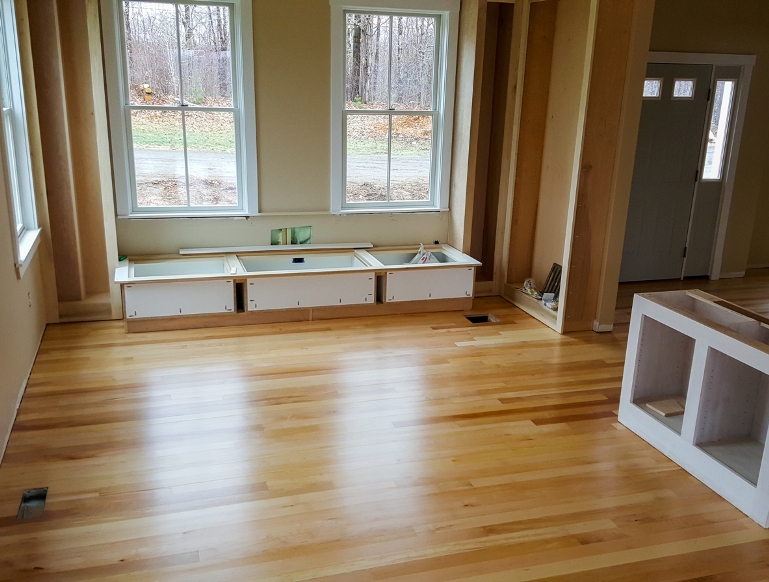None of it is rocket science but it will help you to read through all the sanding pages including first things first working with sanders and edgers and the sanding faq before you begin.
Floor sanding grit progression.
This is usually the final grit for most standard hardwood floors.
Knowing how to keep the scratch pattern with the grain as much as possible minimizes edger swirl marks.
In general begin with a 20 to 60 grit and end with 120.
This process will give you a beautifully clean new looking floor with minimal waste and provide a good surface for finish that will maximize it s life.
And a 36 grit granule caught under a 60 grit belt will leave an ugly gash in the floor.
But most of us sand more than we need to so it s often more efficient to skip grits.
Sanding to 200 grit and above will polish the surface and hinder pigment stain penetration.
Even the best abrasives throw off a few granules while sanding.
Can take out the scratch from 120 grit or 100 grit sandpaper if necessary.
Start with coarse sandpaper of 36 to 40 grit progress to a medium 60 grit paper and finish with a finer 100 grit.
Takes out 60 or 80 grit scratch.
Dresdner offers the following rule of thumb for grit progression.
We would start with a 40 grit skip 50 grit and sand with a 60 grit.
Jump under 100 points with coarse papers 100 or more with medium and 200 or more with very fine papers.
Do not skip the progression from coarse grades to finer grades.
States that most furniture manufacturers seldom sand above 150 grit.
You may choose to skip the 20 grit pass if the floor is relatively smooth.
Unquestionably the most efficient progression is to sand through every grit 80 100 120 150 180 sanding just enough with each to remove the scratches of the previous grit.
That way you ll get a heads up on and hopefully the knowledge to avoid some of the problems you might encounter and some of the mistakes beginners make.
A typical first cut with an edger is 60 or 80 grit then completed with 100 grit after the floor has been filled.
Sanding a wood floor is a multi step process.
My preferred progression for a hardwood floor such as oak begins with 60 grit abrasive goes to 80 grit and finishes with 100 or 120 grit sand as though you are mowing the lawn.
Wrap the vacuum nozzle with tape to avoid marring the floor.
Replace the abrasive belt after sanding about 250 square feet for most effective results.
Sanding grit estimates vary according to the condition of your floor.
Sweep or vacuum the floor before you move up to the next grit.
Skip 80 grit and finish sanding with a 100 grit.

